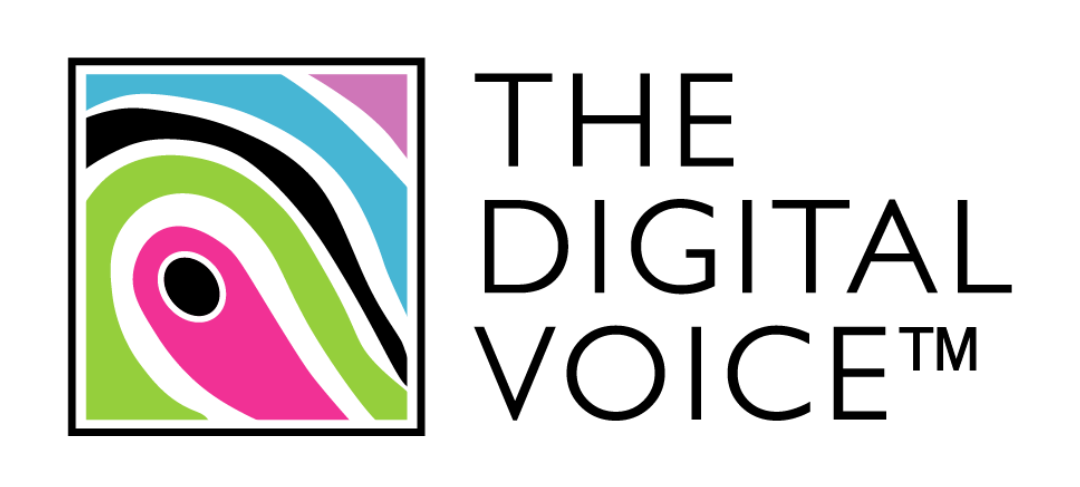A powerhouse duo: partnership economy and retail media combine

As the partnership economy combines with retail media, Owen Hancock, RVP Marketing EMEA at impact.com, explores their combined potential…
Rising more or less in parallel, the partnership economy and retail media have made an increasingly profound – and still growing – impression on digital advertising, thanks to their strengths in reaching, engaging and converting eager audiences.
Yet it’s only recently that we are seeing the two interact on a meaningful level. And now they are proving to be a potent combination in helping marketers navigate the contemporary consumer journey, target audiences precisely and optimise campaigns to drive conversions.
Retail media and the partnership economy
Retail media is one of advertising’s fastest-growing segments, and spending in the space is expected to exceed £1bn in the UK this year (excluding Amazon) and over $62.3bn in the even more mature US.
Retail media networks allow brands to engage with audiences in the midst of their shopping journeys, and it is this ability to promote a product in the place where consumers are primed to purchase – combined with the transactional insights retailers bring to the media space – that makes retail media so powerful.
The partnership economy, meanwhile, leverages the influence of numerous types of partners, from affiliates to creators and influencers, to promote a brand’s goods or services. Partnership marketing is so powerful because it is built on the authentic connection and trust that exists between partners and their audiences.
Retail media’s challenges
Retail media remains somewhat fragmented, with each retailer effectively running its own walled garden. And as we all know, the contemporary consumer journey is no longer a neat, linear migration from discovery to conversion. But the partnership economy can play a role in meeting retail media’s challenges, helping brands and advertisers to make the most of the channel in the process.
Today, a very small number of partnership platforms have built the necessary tools to create, run and manage effective retail media campaigns. This is taking partnership marketing to new places in the space, providing ways to connect retailers and consumers early in the consideration phase of the consumer journey by integrating ad placements into commerce articles and blogs. In this way, brands can be welcomed into trusted, editorial environments, and commerce content becomes a shoppable storefront.
Elsewhere, supplier-funded campaigns encourage a brand to contribute extra budget to push certain SKUs. Designed to enhance attribution and reporting for SKU-level reporting, this gives trade marketing teams more control and efficiency than has previously been possible.
Integrating the partnership economy deeper into the largest e-commerce marketplaces – such as Amazon – likewise benefits all parties. This is beginning to happen in the partnership space, with solutions allowing sellers to engage in retail media by linking their partnership marketing campaigns directly to their webstore. Not only can sellers recruit influencers and affiliates to promote their goods, they also benefit from the vast quantities of analytics and optimisation data generated by a partnership automation platform.
The value of an integrated platform
Partnership platforms that have developed the necessary tools are making brands’ lives easier in more ways, too, by housing all their products, including retail media offerings, under one roof. As a result, data from a client’s various services can be amalgamated and aggregated to produce a single source of truth.
AI, meanwhile, is streamlining workflows and doing the heavy lifting when it comes to time-consuming processes. In the retail media space, it can automate many tasks, including bidding, partner recommendations and budgeting.
The partnership economy’s ability to provide retail media networks with pre-engaged, trusted audiences also boosts conversions while lowering customer acquisition costs in comparison to more traditional ad formats.
And finally, the partnership economy helps brands to expand their reach and presence beyond retail sites, while at the same time sending traffic back into the retail media ecosystem. The result is that, while the relationship between the two marketing forms may still be in a rapid growth phase, there is clear potential for the future.
Also published in: Modern Retail



